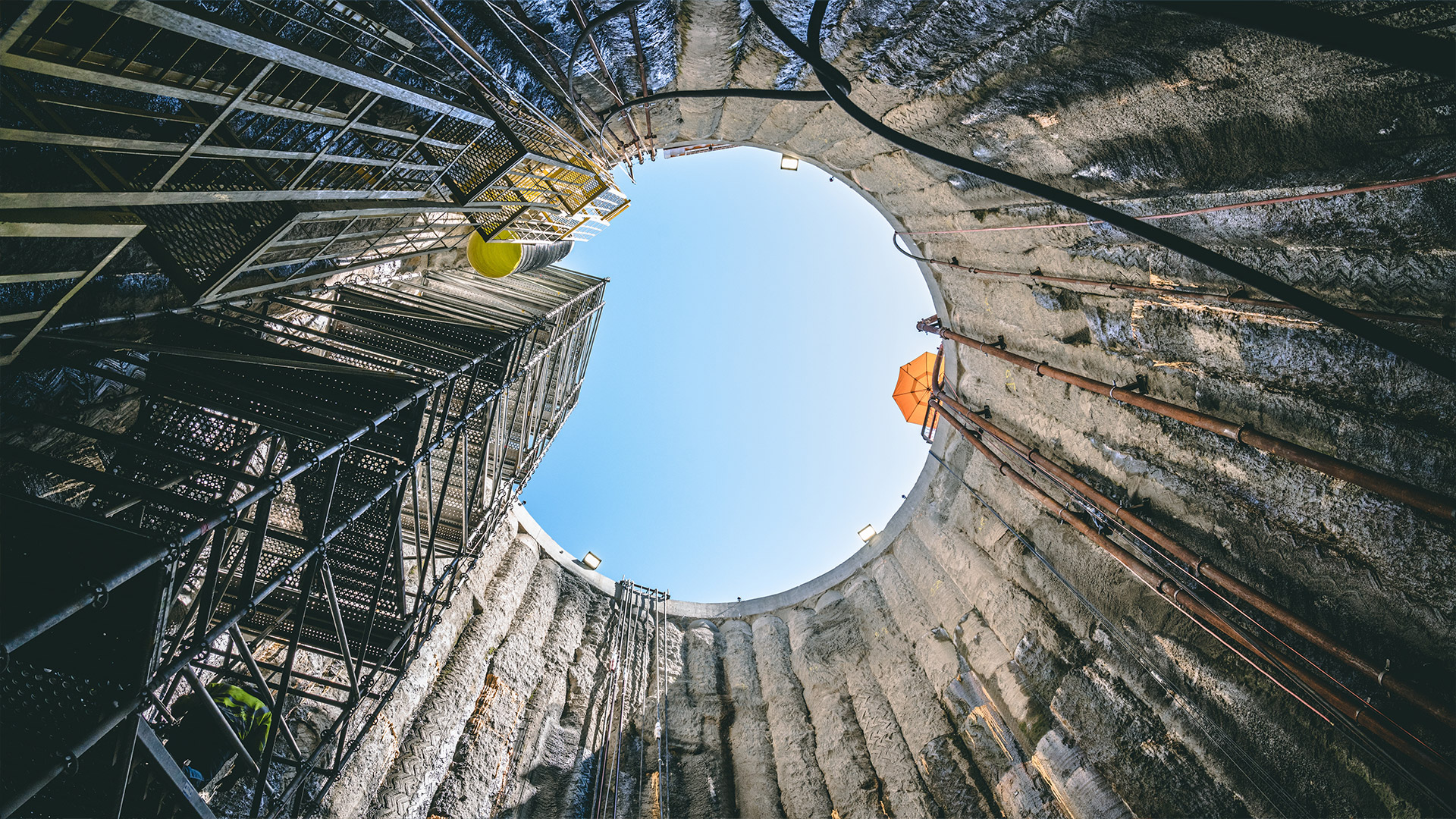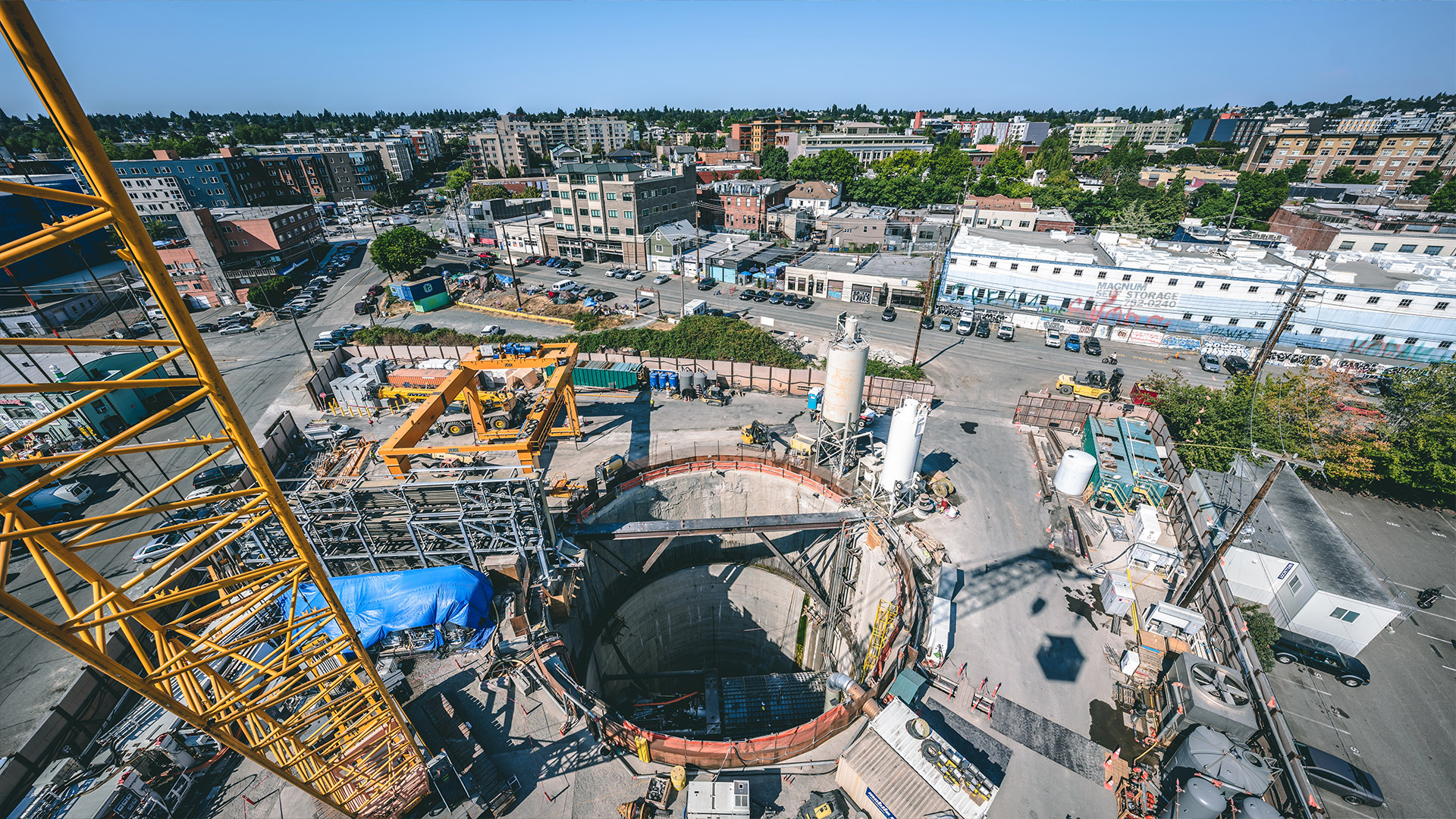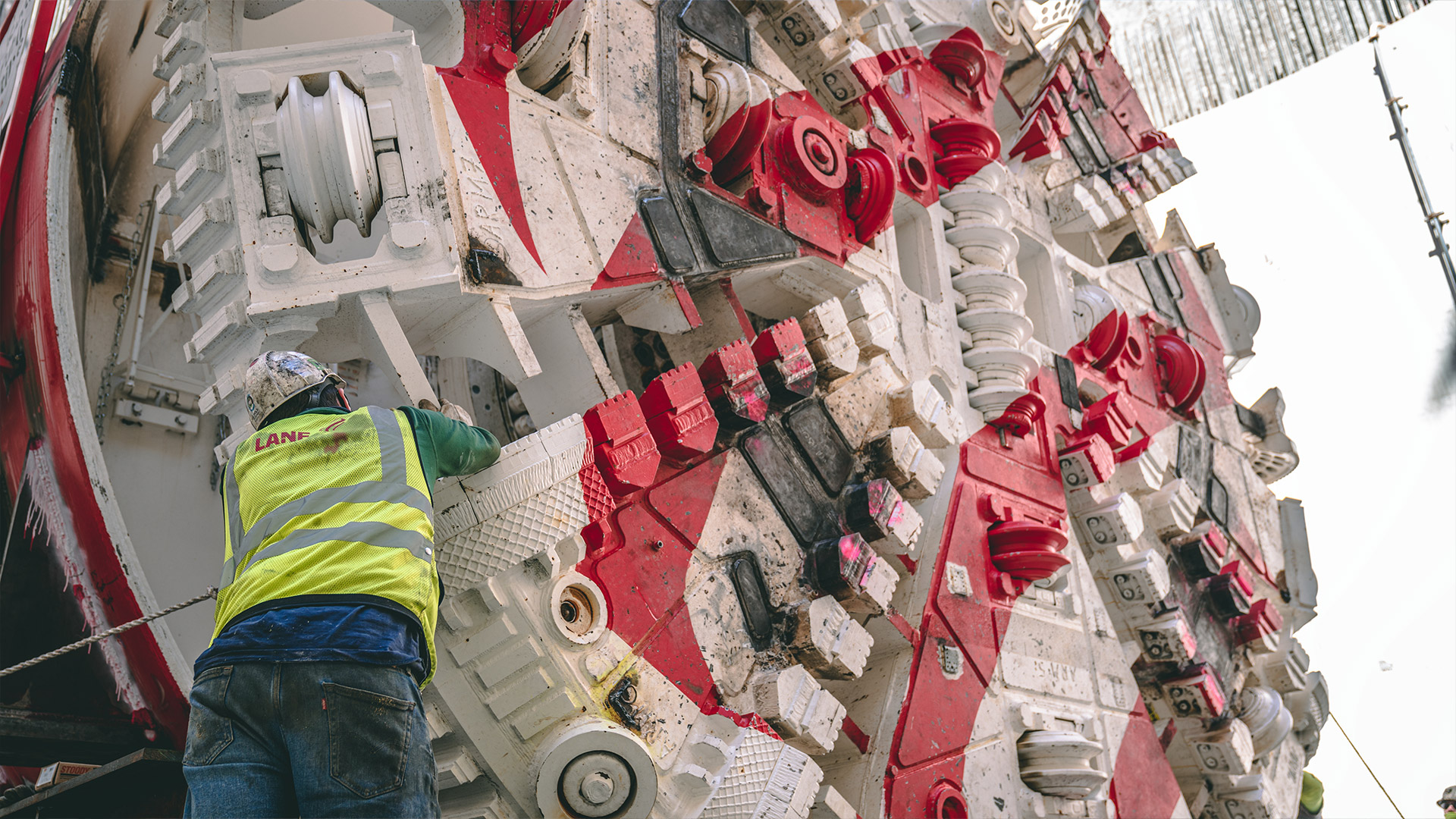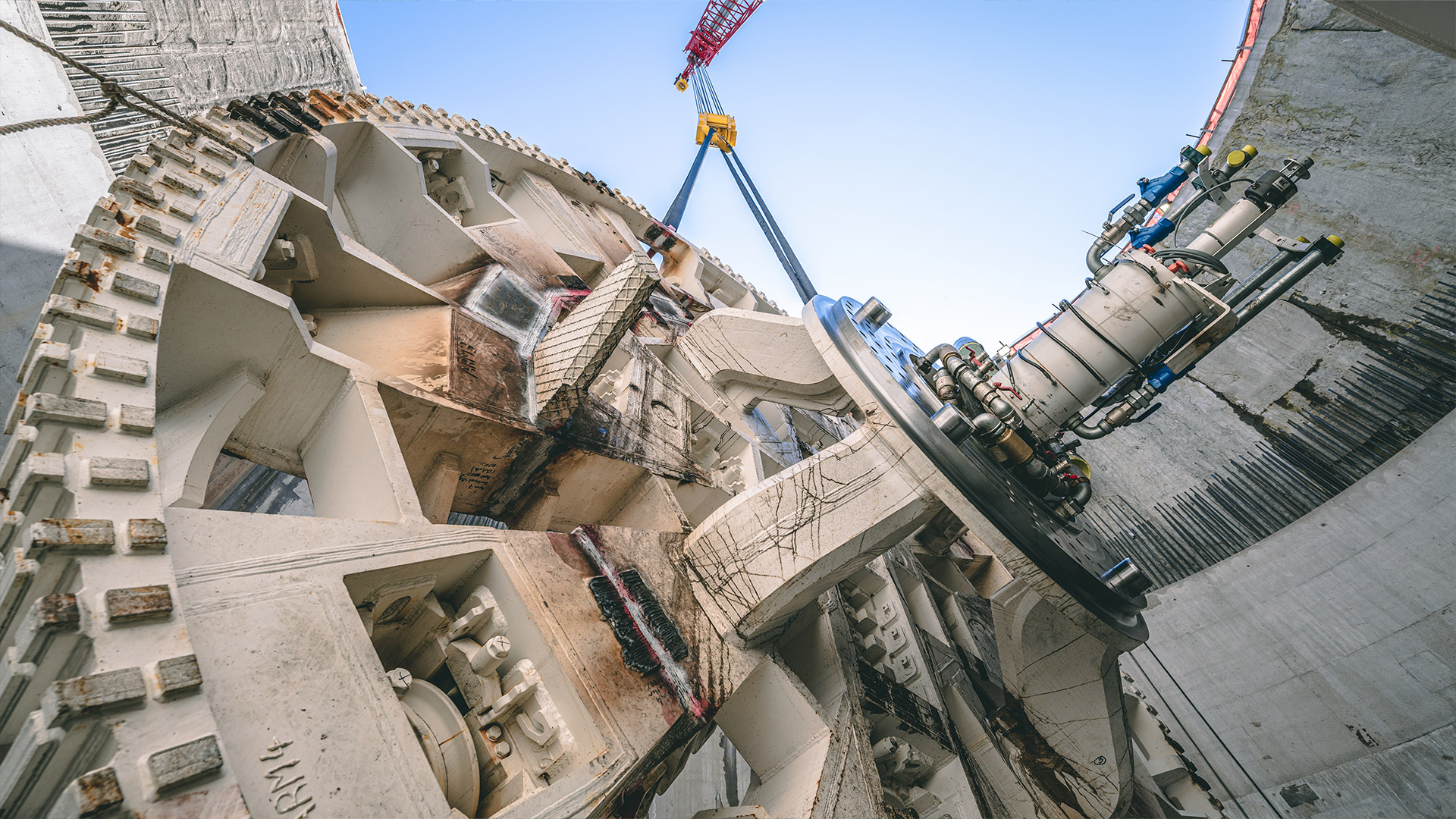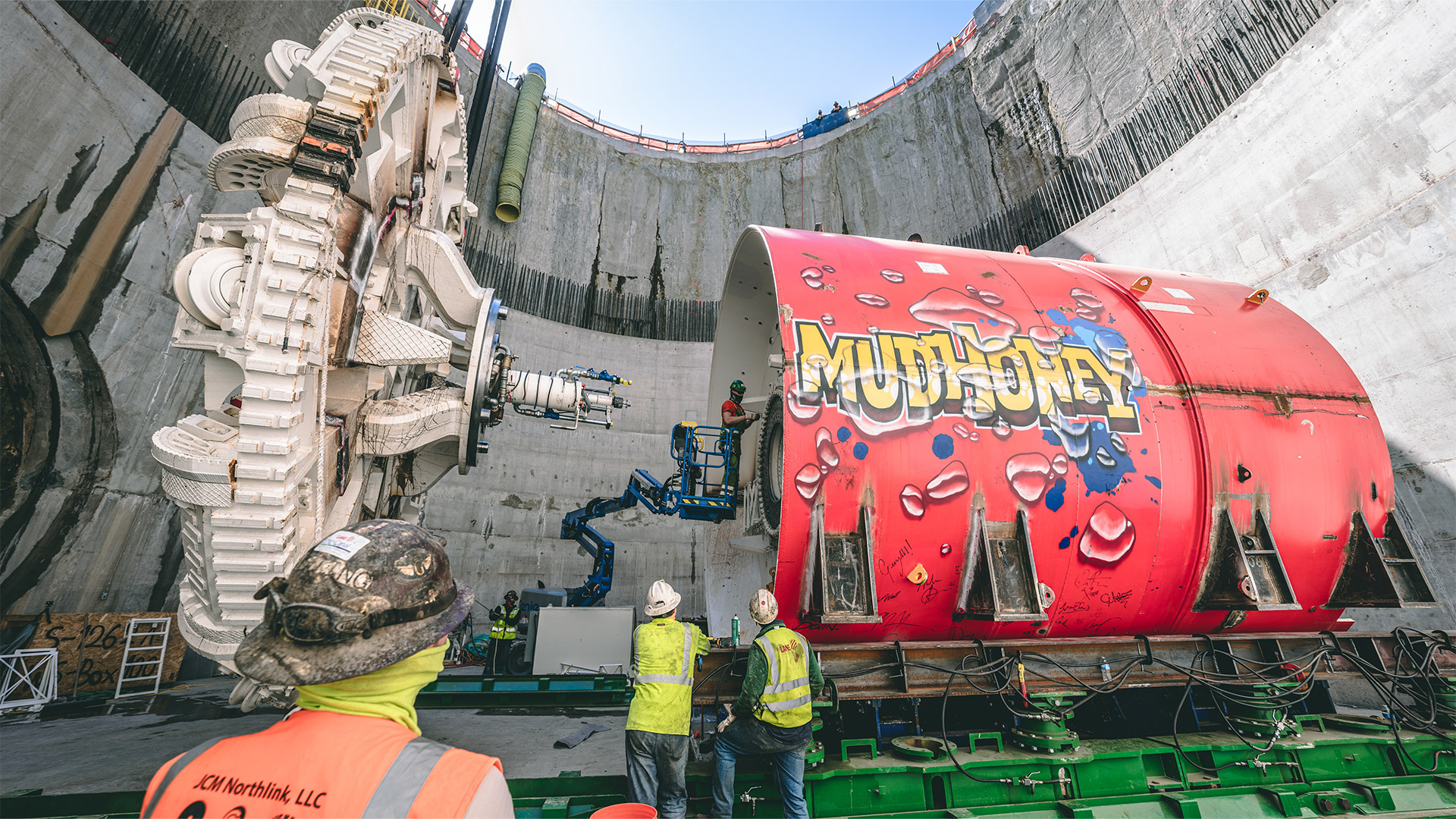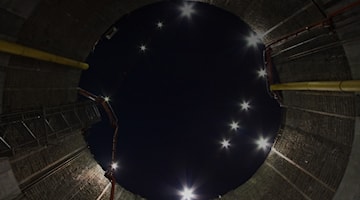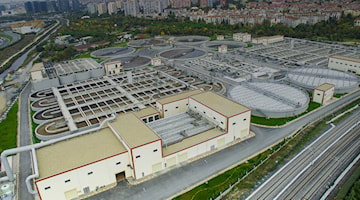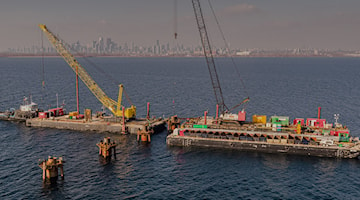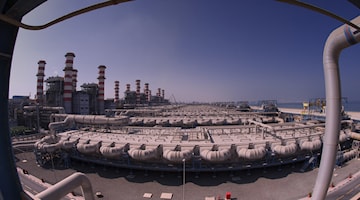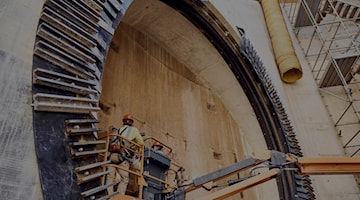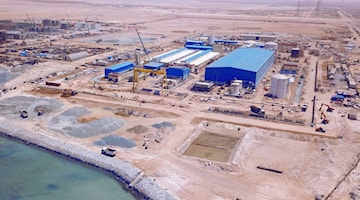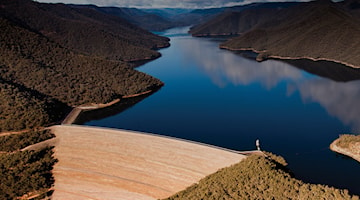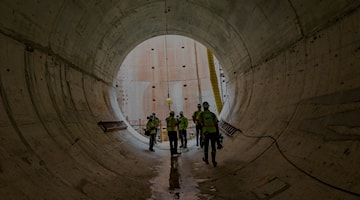Ship Canal Water Quality Project, Washington
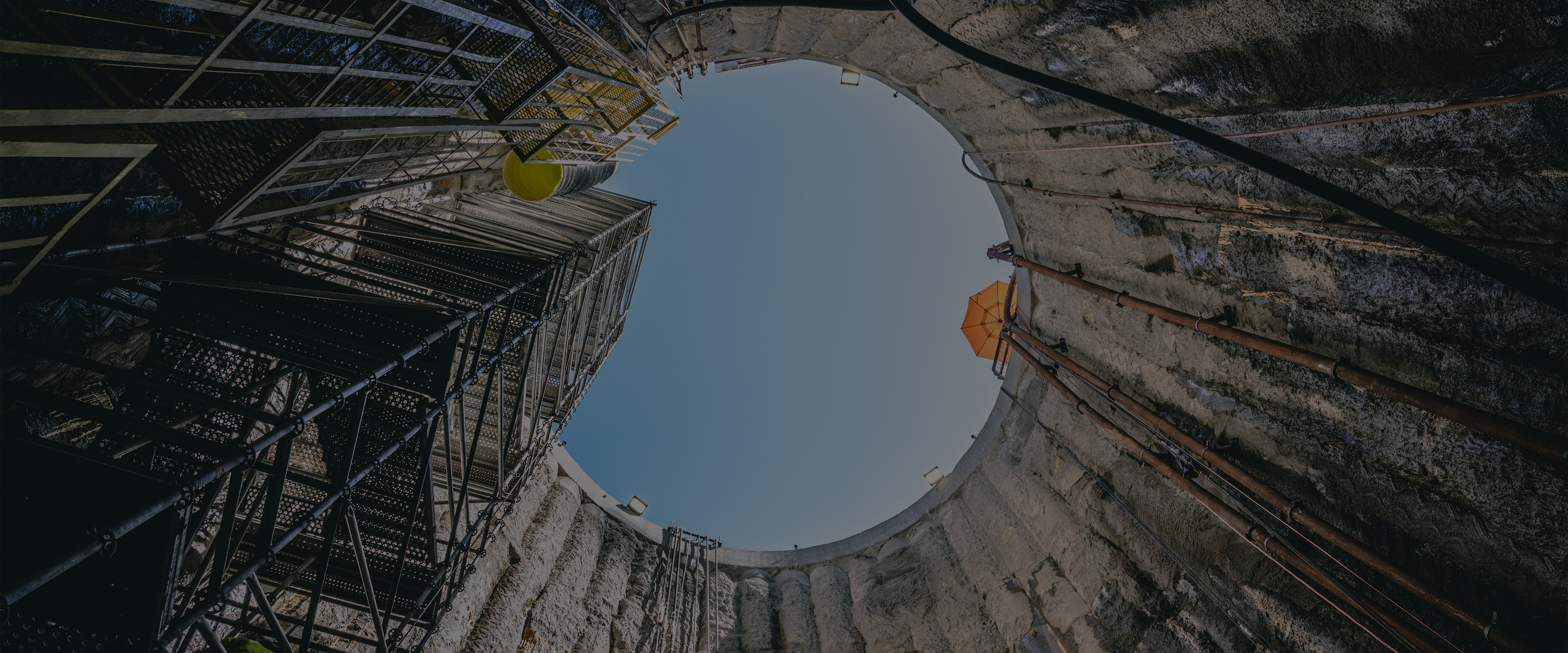
SHIP CANAL WATER QUALITY PROJECT, WASHINGTON, USA
Reducing pollution and preserving the blue heart of Seattle. This is how the project known as the Ship Canal Water Quality Project can be summarized, which focuses on protecting the precious water resource of the Lake Washington Ship Canal, the river that flows through Seattle, in the State of Washington. The goal is to reduce the amount of contaminated stormwater and wastewater that flows into the river - an average of 75 million gallons (276 million liters) per year - mainly from Salmon Bay and Lake Union).
To achieve this, a 2.7-mile (4.2 km) long water storage tunnel is being constructed, excavated using a TBM (Tunnel Boring Machine). The machine has a diameter of 18.1 feet (5.5 meters) and started drilling in Ballard, heading eastward.
But why is the Lake Washington Ship Canal so polluted? In dry weather conditions, all wastewater flows to a local treatment plant. However, during heavy rainfall, the polluted runoff can exceed the flow capacity and cause a mixture of rainwater (90%) and sewage (10%) to flow into the drains that lead to the nearest reservoir. These sewer overflows, known as Combined Sewer Overflows (CSOs), contain contaminants that can affect public and environmental health.
The project is one of many developed by Lane (Webuild Group) in the clean water sector in the United States, highlighting the Group's commitment to providing solutions for sustainable water resource management, such as hydraulic tunnels and treatment and desalination plants. These works bring drinking water to areas suffering from water shortages, protecting others from extreme weather conditions.
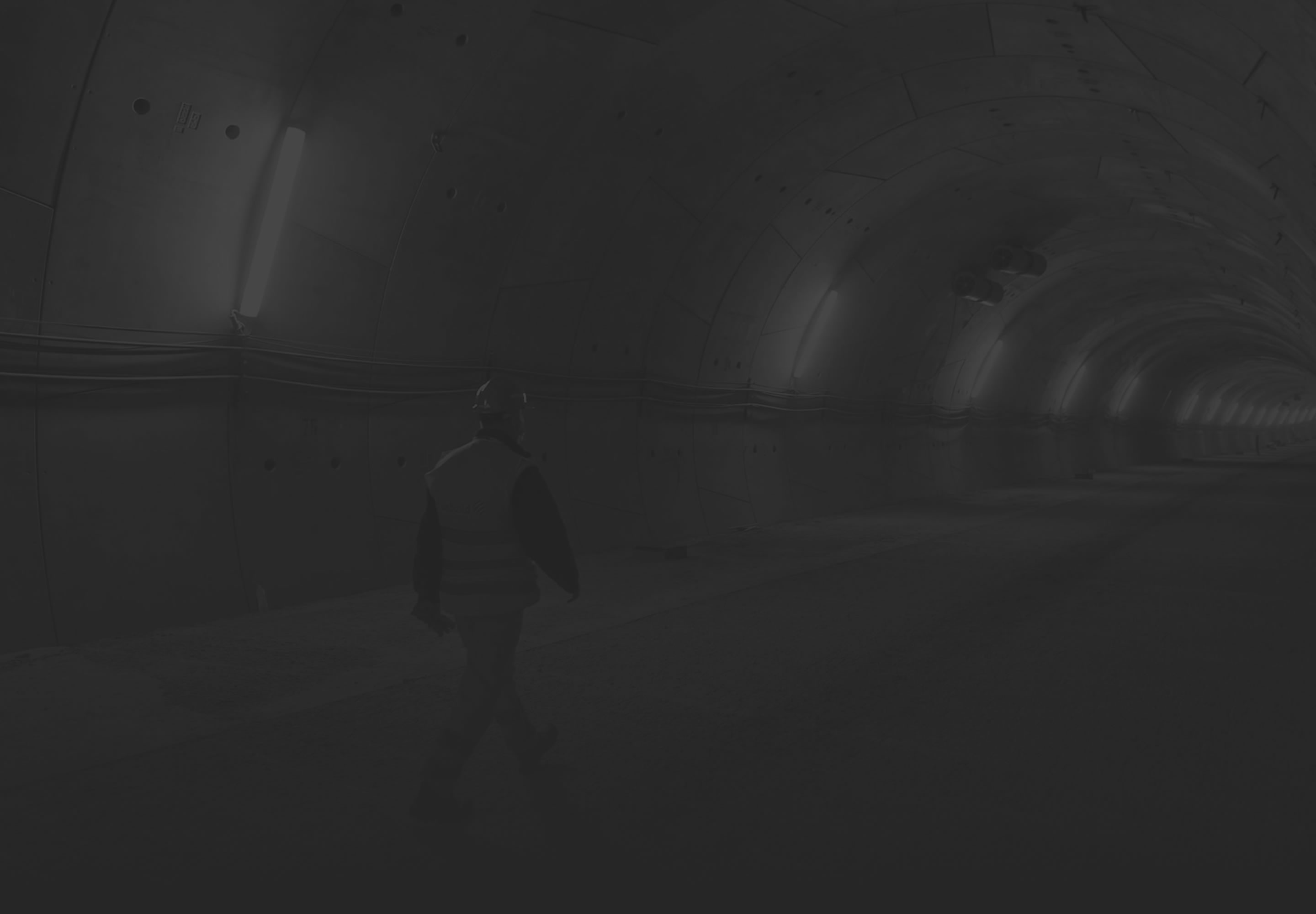
THE WORK AND THE TECHNIQUE
KM TUNNEL LENGTH
L ANNUAL AVERAGE STORAGE CAPACITY
M3 COMBINED SEWAGE CONVEYED PER YEAR
PEOPLE IN THE CATCHMENT AREA
Seattle Public Utilities





